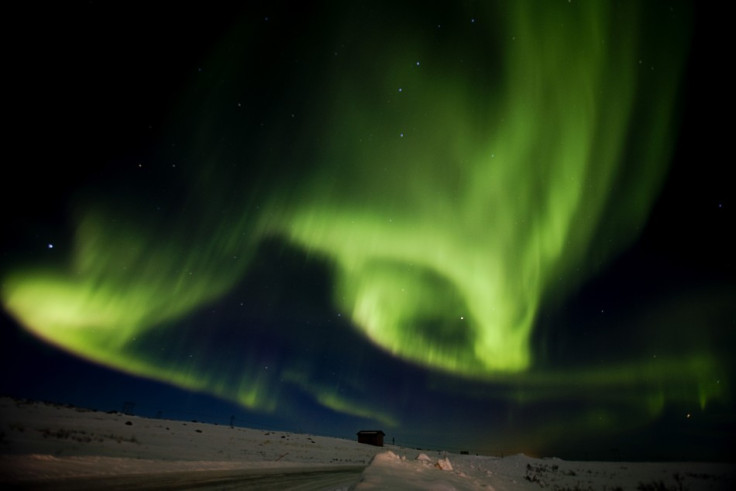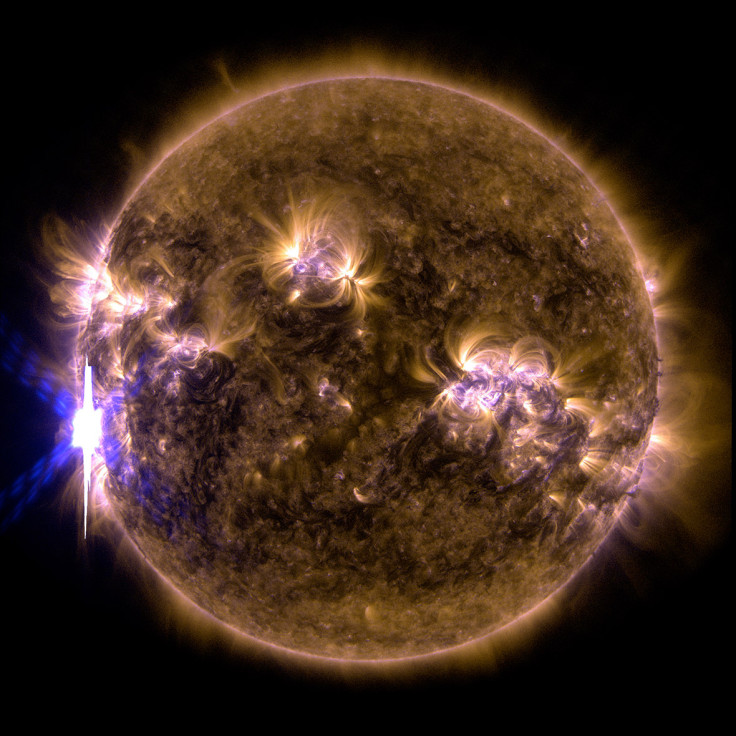Northern Lights Aurora Borealis Seen Over Scotland, South Wales and Norfolk

The UK celebrated witnessing northern lights, a rare spectacle south of the Nordic countries.
Northern lights, or Aurora Borealis, were seen over Scotland, South Wales and Norfolk, and as further down as Essex and Gloucestershire.
Sighting Auroras also depends on the weather conditions which were luckily clear on the night of the lights.
"The last time I have seen it this spectacular was probably 20 years ago," Astronomer Mark Thompson told the BBC.
The Aurora phenomenon occurs on earth when electronically charged particles from solar winds reach the earth, collide with atoms in the earth's upper atmosphere and are sucked in by the earth's magnetic field, forming an oval-kind of ring over the poles.
Solar winds are triggered by coronal mass ejections (CME) on sun, which send gigantic clouds of electrons, ions and atoms into space, taking about two or three days to reach earth.
Thompson said that the particles are siphoned off to the poles, but "if there is enough of them they will travel further down towards the equator...", like what happened in the south of the UK this time.
"I think this has been the best show of the Northern Lights over Gairloch tonight that I have ever seen! Such an amazing sight. We are so lucky," the Mirror quoted viewer Jane MacLennan writing on Twitter.
The frequency of occurrence of CMEs vary, from several per day when the sun is particularly "active" to less than one every week when the sun is "quiet", following the 11-year cycle (the solar cycle). Large flares are less frequent than smaller ones.
In the period when the sun is active, five or more CMEs are common and as the sun becomes "quiet", the frequency of solar flares and CMEs might drop to about one a week.
At present, the sun is said to be in its active phase of its "Solar Cycle 24", which is the 24<sup>th solar cycle since 1755, when the sunspot activities first began to be recorded.

© Copyright IBTimes 2025. All rights reserved.





















